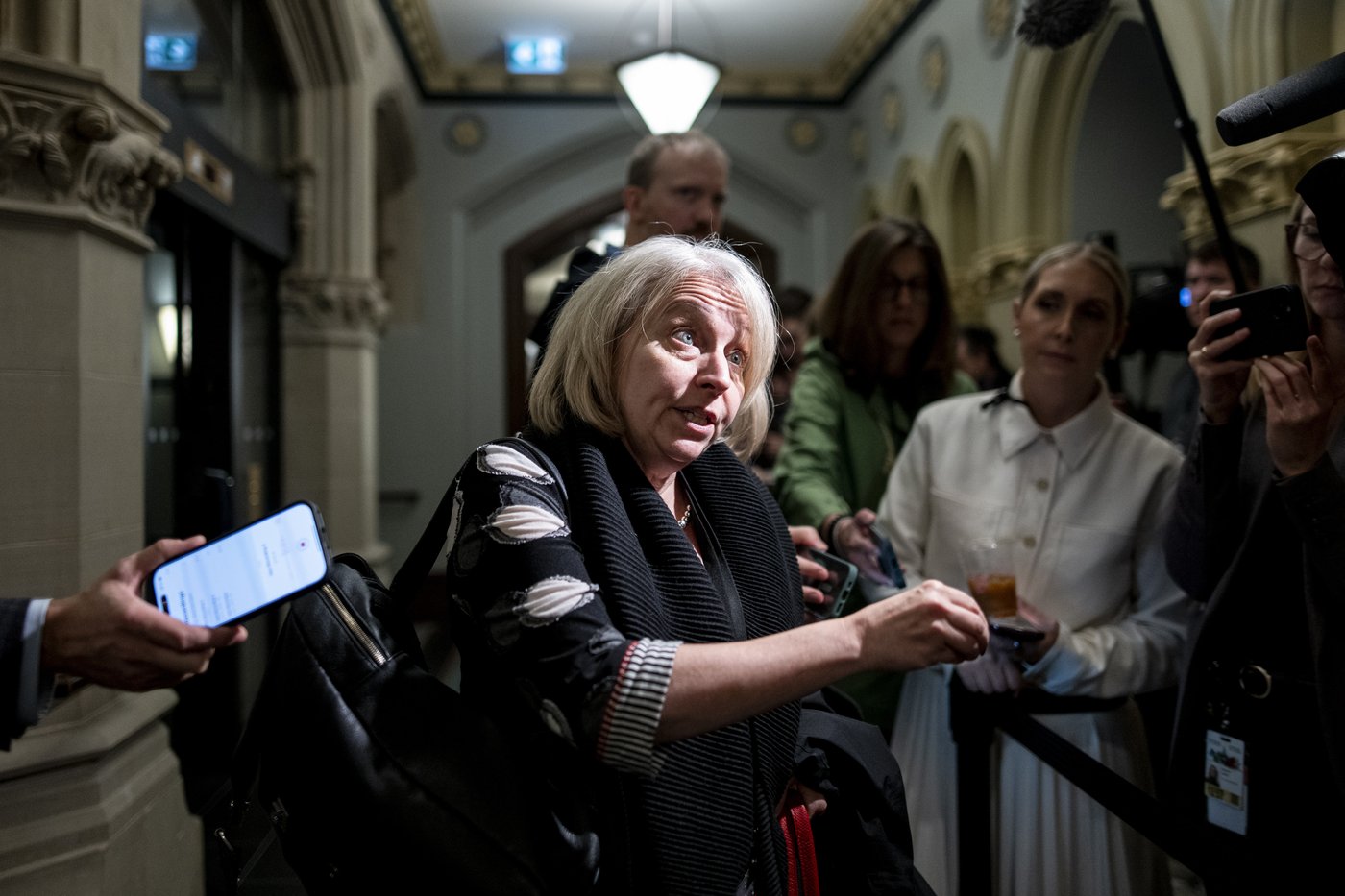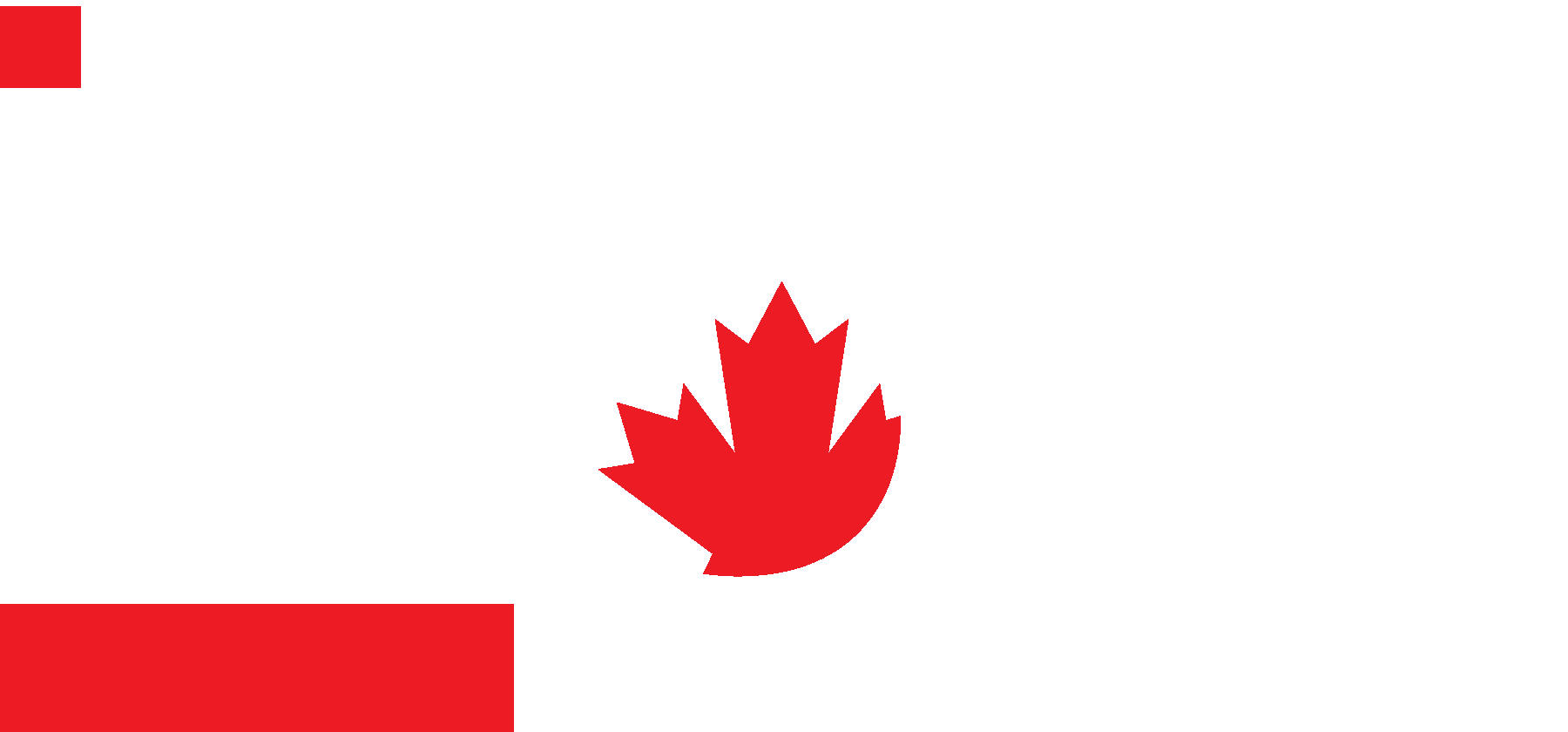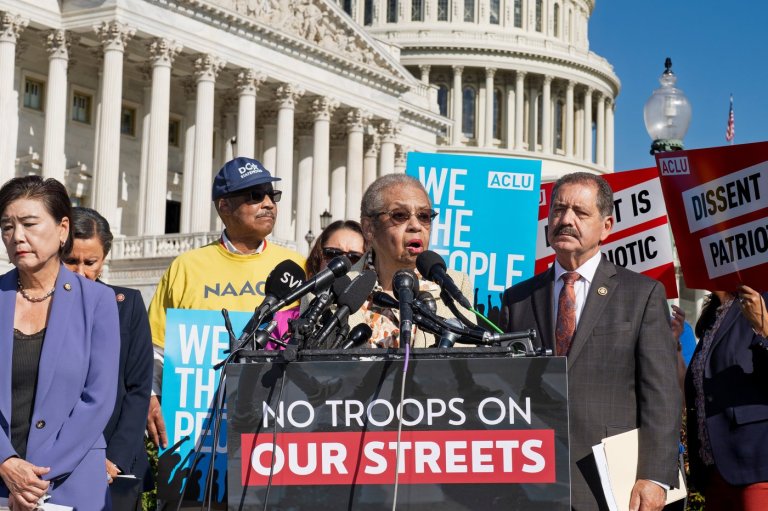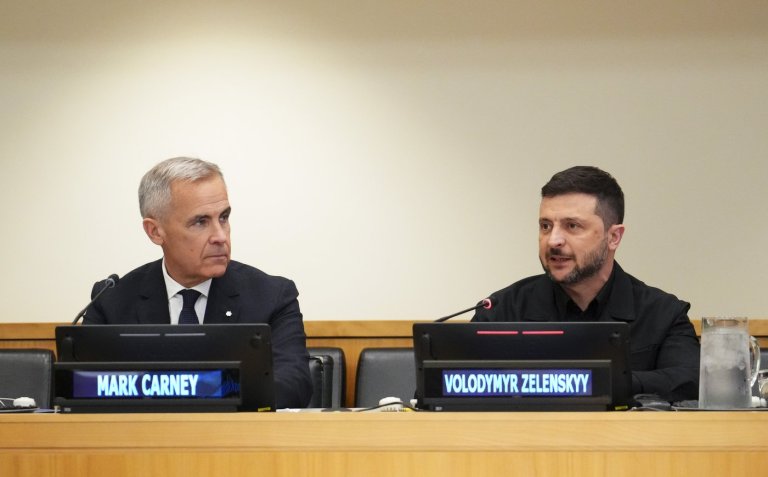
Shifting global picture disrupted Canada’s national security strategy update: memo
OTTAWA — The Liberal government’s efforts to revise Canada’s national security strategy hit a snag when it became clear earlier this year that many of the assumptions underlying the work were “no longer valid,” a newly released memo reveals.
John Hannaford, the Privy Council clerk at the time, told Prime Minister Mark Carney in the memo that “changes to Canada’s strategic environment” meant work on a draft of the document was based on outdated premises.
The Canadian Press obtained a copy of the heavily redacted March 20 note through the Access to Information Act.
The memo, which was also sent to national security and intelligence adviser Nathalie Drouin, came less than a week after Carney was sworn in as prime minister.
Just days earlier, on March 9, Carney won the Liberal leadership against the backdrop of a barrage of tariffs on Canadian goods from U.S. President Donald Trump, along with his repeated threats to make Canada a U.S. state.
Canada’s last full-fledged national security policy emerged from the government led by Paul Martin in 2004.
In April of last year, Justin Trudeau’s government said it would publish a national security strategy every four years.
The government said this approach reflected a new reality of uncertainty and change. It said a more systematic approach would allow Ottawa to regularly assess the security environment and its implications for Canada.
Trudeau asked Drouin in a November 2024 mandate letter to lead efforts to deliver a renewed national security strategy in 2025. He said it should set out an integrated framework for Canada’s national security, defence and diplomatic posture, “leveraging engagement with Canadians from coast-to-coast-to-coast.”
Privy Council Office spokesman Pierre-Alain Bujold said while the specific changes and assumptions mentioned in Hannaford’s memo cannot be disclosed, “it is clear that the geopolitical and security environment is becoming increasingly complex and marked by significant developments.”
“The rules-based international order is shifting, driven by growing competition among major powers,” Bujold said in response to questions. “This rapid transformation requires Canada to continually reassess the threat landscape to address emerging challenges.”
At a cabinet planning forum early last month, Carney said a new national security policy would be released “in due course.”
Speaking to media at the forum, Carney said the world is a more dangerous place than in the 1990s and the early part of this century.
“There were challenges then, but there are bigger challenges now,” he said. “The power balances are shifting, alliances are shifting.”
Intelligence expert Wesley Wark, a senior fellow at the Centre for International Governance Innovation, said he suspects work on the national security strategy has proven to be challenging because of “conflicting desires.”
On the one hand, officials want the strategy to be a meaningful expression of a new Canadian policy rooted in the national interest. On the other, they fear inciting tensions with the Trump administration during extended trade negotiations.
“I suspect it will stay on the shelf for now,” Wark said. “There is zero political gain to release it.”
The tensions with the United States should not delay a fresh national security strategy, said Vincent Rigby, a former security and intelligence adviser to the prime minister who now teaches at the Max Bell School of Public Policy at McGill University.
Canadians have lived in a very unpredictable, unsettled world for the last five or six years, said Rigby, pointing to conflicts in Europe and the Middle East, an assertive China and threats from states like Iran and North Korea.
The dangers to Canada include foreign interference, espionage and cyberthreats, he said.
“I think, more than ever, we need a national security strategy, and especially because of what’s been happening with the U.S. and the fact that President Trump has called into question some of the fundamentals of the relationship in terms of defence and security,” Rigby said.
He suggested there has been an aversion within government for many years to craft a national security strategy because officials felt it was a lot of work for a document with only a six-month shelf life.
The trick is coming up with a flexible security strategy that stays relevant even when unexpected events arise, Rigby said.
“You need a road map,” he said. “You get in a car to drive somewhere, you need to know where you’re going, you need to know what highways you’re going to take. You need to make sure that you’ve got the right car.”
Carney has already said publicly that Canada’s old relationship with the United States is over and a new partnership must take its place, Rigby noted.
“I suspect that any national security strategy that comes out, while it’s going to acknowledge that these are difficult times with the U.S., is also going to say at the end of the day that they remain a committed ally,” he said.
“Are there political risks? Yes. But can you overcome those risks in developing the strategy? Absolutely.”
This report by The Canadian Press was first published Oct. 12, 2025.
Join the Conversation!
Want to share your thoughts, add context, or connect with others in your community?
You must be logged in to post a comment.



















